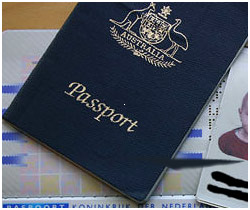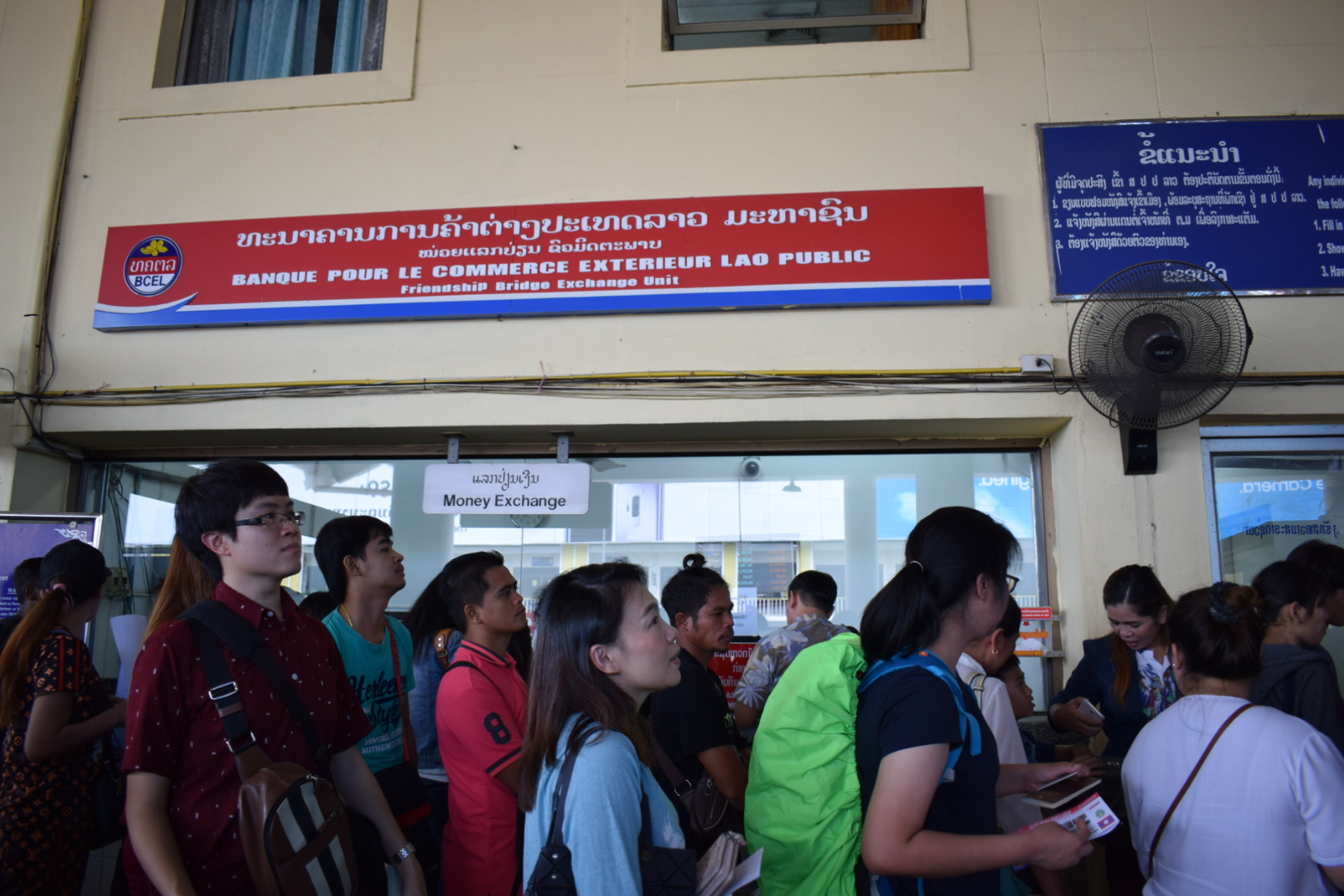

I’ve been studying her works for a long time and got a chance to visit her office in Japan. I like Rei Kawakubo of Comme des Garçons. The digital agency is called “The Continuum.” A restaurant called “Charm Kaeng” and the latest is this tea shop.Ī: Would it be too corky if I say “none”? (Laugh). The textile brand is called “One More Thing,” in which we collaborated with 20 other artists. Then the textile factory, which I am a co-founder with a 30-year-old sewing machine. Next is the handicraft brand called “Citizen of Nowhere,” which is the work of those uncles and aunties in the rural provinces all over Thailand. The first is a creative studio called “56th,” which has been going on for eight years now. “Citizen Tea Canteen” is a tea salon mixed with a handicraft showroom.Ī: “Citizen Tea Canteen” is my sixth organisation. For the labels on bottles, we used fabric made from recycled plastic. The wallpaper is all handmade silkscreen. Q: Give us some more details about this place.Ī: It’s about trying to empower the underdogs. What is left behind, what is forgotten, like the coffee condiment carrier. Kids today have no idea what coffee or tea served in a condiment carrier looks like. So we redesigned it. The teacup, we got from a craftsman on Koh Kred, Nonthaburi. The pot we got from an old shophouse in Yaowaraj (China Town). For the glass, we used an old-school screening technique, rotary print, like silkscreen. Thai tea is served at “Citizen Tea Canteen.” 3 is like a sweet girl with a little vanilla, and No. 2 is a kind of handsome gentleman like James Bond, No. Everywhere we open will have its own story. There is a tea blended called “Ped Toon Chao Ta,” which was inspired by the duck noodle shops around here. We choose tea that is grown here in Thailand, and the tea master is also Thai. The concept is about “empowering” Thai farmers. That’s how this tea place happened, mixed with the handicraft showroom. But there are way too many coffee places going on, so it’s better if we focus on Thai tea. We wanted to deconstruct the old Kopi culture to create a new variant. After researching for six months, I found that the “Kopi,” or old Chinese cafe culture, has been very hard to find these days, except for in the south.

Then I started to think about a vibrant and lively showroom, with some kind of service or activity. A window table on the second floor of the “Citizen Tea Canteen” The next-door monastery’s roof is the view we see through the window on the teahouse’s second floor.Ī: This place is called “Citizen Tea Canteen.” It’s an extension of the handicraft brand I’ve been working on for three years called “Citizen of Nowhere.” As we acquired enough product items, we needed a space for clients to experience them a little more intimately, rather than just buying goods online. The place is kind of summing-up of his whole creative endeavour until now, as well as an indication of his future. Stuff from his previous projects, what’s happening with him at the moment, and the goal he’s always been pushing hard are all scrambled colourfully inside. He matched his second-floor paint with the colours of the monastery’s roof, which we see through the window. The spot Saran Yen Panya selected for his new tea house says pretty much everything about this “storytelling” designer. The 60-plus-year-old shophouse in a narrow labyrinth alleyway in Talad Noi sits right next to the old community’s Chinese monastery. Here, Saran shares his thoughts about his new tea joint, ‘Citizen Tea Canteen,’ and offers a glimpse into his renegade mind. By Apichai Sundaravej The 56th Studio’s Creative Director, Saran Yen Panya, is an internationally known artist, designer and visual storyteller famous for his out-of-the-box thinking.


 0 kommentar(er)
0 kommentar(er)
